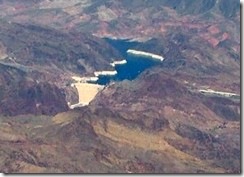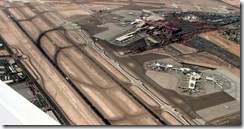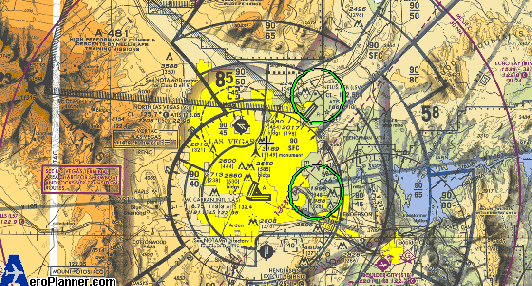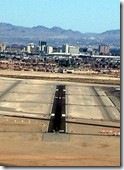This is a guest post by Jason Schappert from the highly recommended M0A blog.
Having been a pilot all of my young life I find having an aviation story to inject into just about every conversation a cinch.
I’ll never forget the day our school agreed to send myself and a fellow classmate 600 miles west in the schools C-152, all expenses paid. We were the laughing stock of the school leading up to the flight; I at the time was 6’4and my friend was 6’6. Our classmates marveled at the idea that we could possibly last as long as we did crammed in a Cessna 152. [Read more…] about C152 to Jaguar at KHPN




 I was invited to be an instructor at
I was invited to be an instructor at